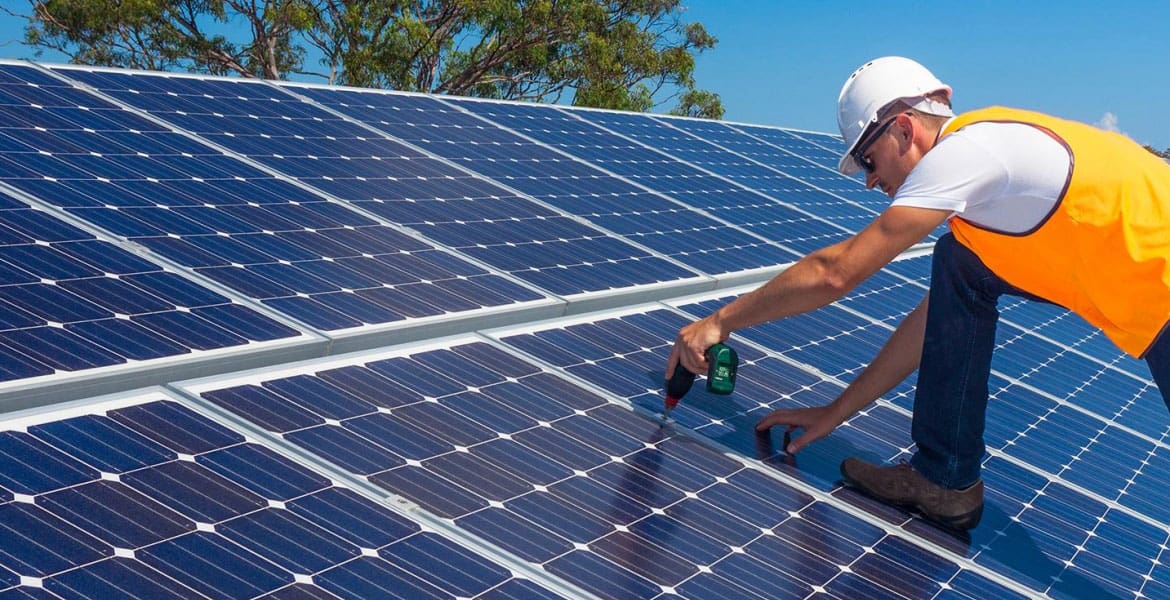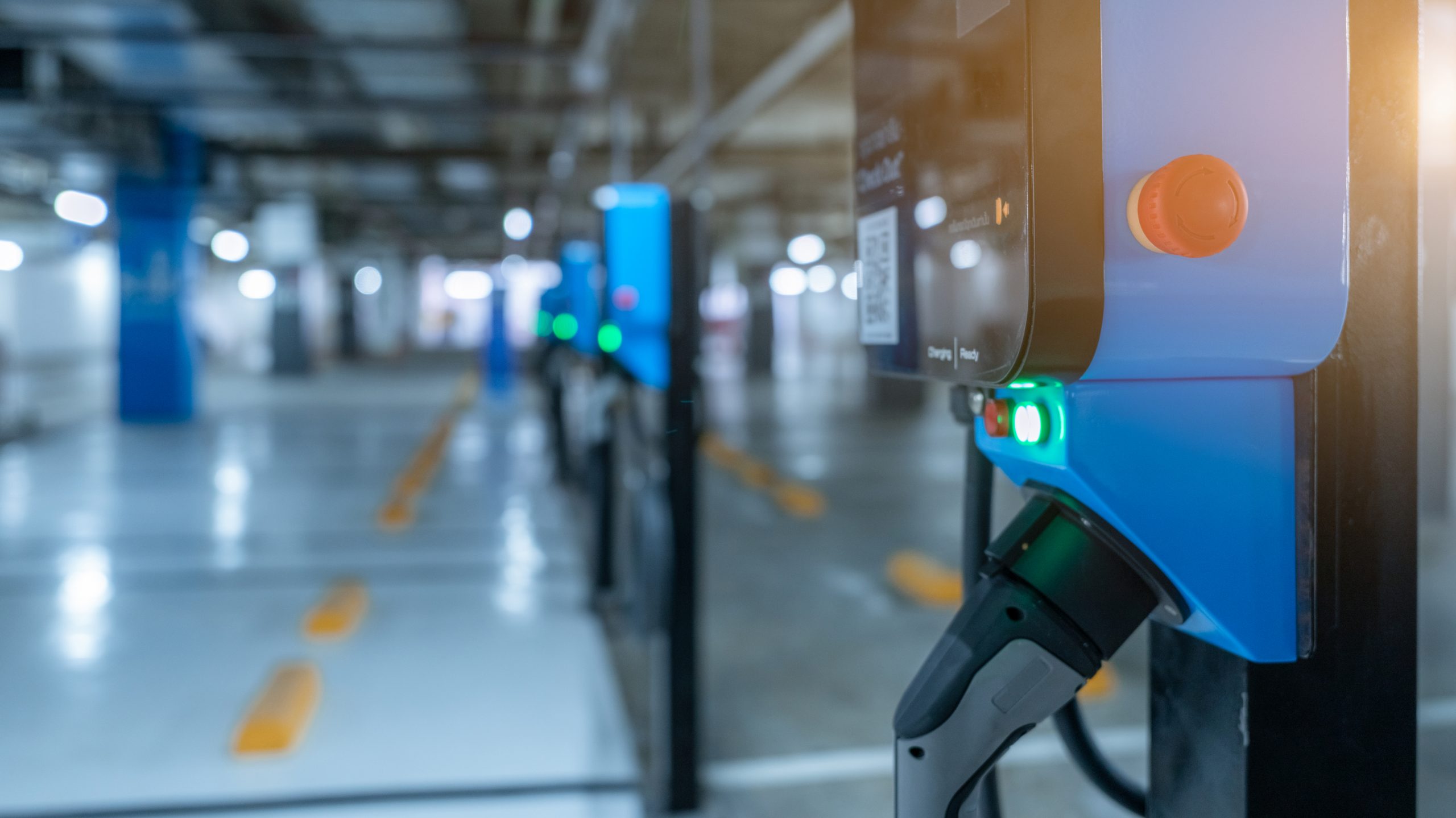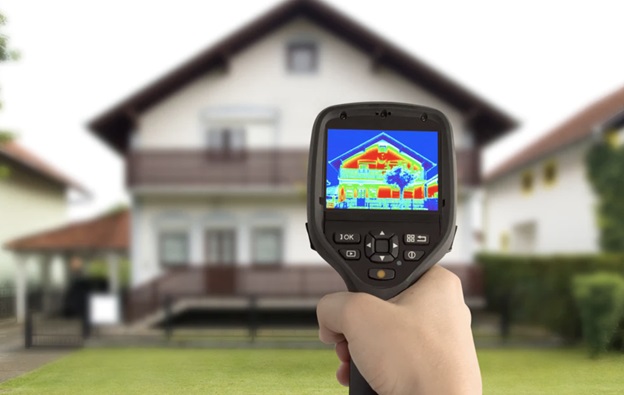
More than a million homes have already gone solar in the U.S., and many more homeowners are considering installing solar panels on their roofs. If you’re in the market for new energy, it probably makes sense to know what actually happens during a typical installation process or even how to install your own system. There are five big steps that need to happen after you sign your solar company before those shiny black cells can power up all of your devices. The five major steps to a solar installation that your chosen solar company will generally follow are:
1.Engineering site visit
Once you sign your arizona solar company contract (whether it be a lease, loan, cash purchase or power purchase agreement), an engineer will come by to evaluate the electrical status of your home and ensure everything is compatible with your new energy system. This visit typically occurs soon after signing with them.
The evaluation ensures that there are no issues such as cracks on the roof so nothing obstructs access for installation purposes and/or prevents natural light from entering into panels. If any problems do arise during this time–such as damage due to weather conditions like hail storms which could invalidate warranties-then they can often be resolved through negotiations between installer companies ahead of actual installations themselves taking place rather than waiting until then in order not to delay things further unnecessarily.
2.Permits and documentation
In addition to applying for incentives, you will need to fill out other paperwork like building permits. These permits are specific to where you live and your installer can help figure them out in many cases.
One of the main things that people apply for is state and federal solar incentives such as the Federal ITC, local solar programs, clean energy financing initiatives like PACE or government rebates on top of SRECs. In order to get these benefits from a variety of different sources it’s important not only to have complete information about what they want but also who does this kind of work so one isn’t wasting time trying multiple companies before finding someone special.
3.Ordering equipment
Solar panels and inverters are the two components you’ll need to evaluate for your system. Your installer will likely recommend a particular brand of each, but there are alternatives if desired. Durability, efficiency and aesthetics play important roles when comparing brands.
4.Solar panel installation
After the electrical wiring is complete, they will install racking to support your panels (this is the only piece of equipment that will actually be attached to your roof). Once leveled and safely attached, solar panels are placed onto the racking. Finally, inverters are connected with each other by an electrician’s tools so direct current energy can be converted into alternating current used in homes on grids at last.
5.Approval and interconnection
The final step of going solar is officially connecting your panels to the grid. Before you can do this, a representative from the town government will need to inspect your system and give approval during an inspection process that essentially double-checks installation work done by solar companies.
Following this local inspection, you will be ready for official grid interconnection. A representative from your electric company will come by to do their own final evaluation of the solar panel system and make sure everything meets requirements before it can go live on the national power grid.










